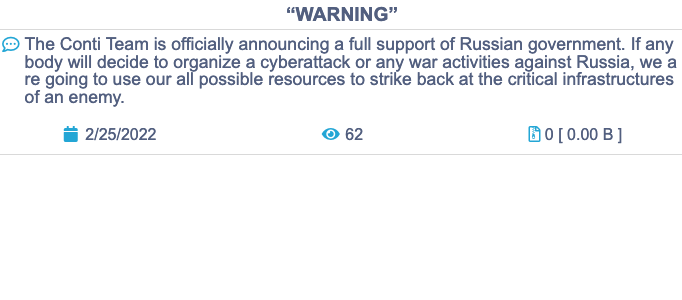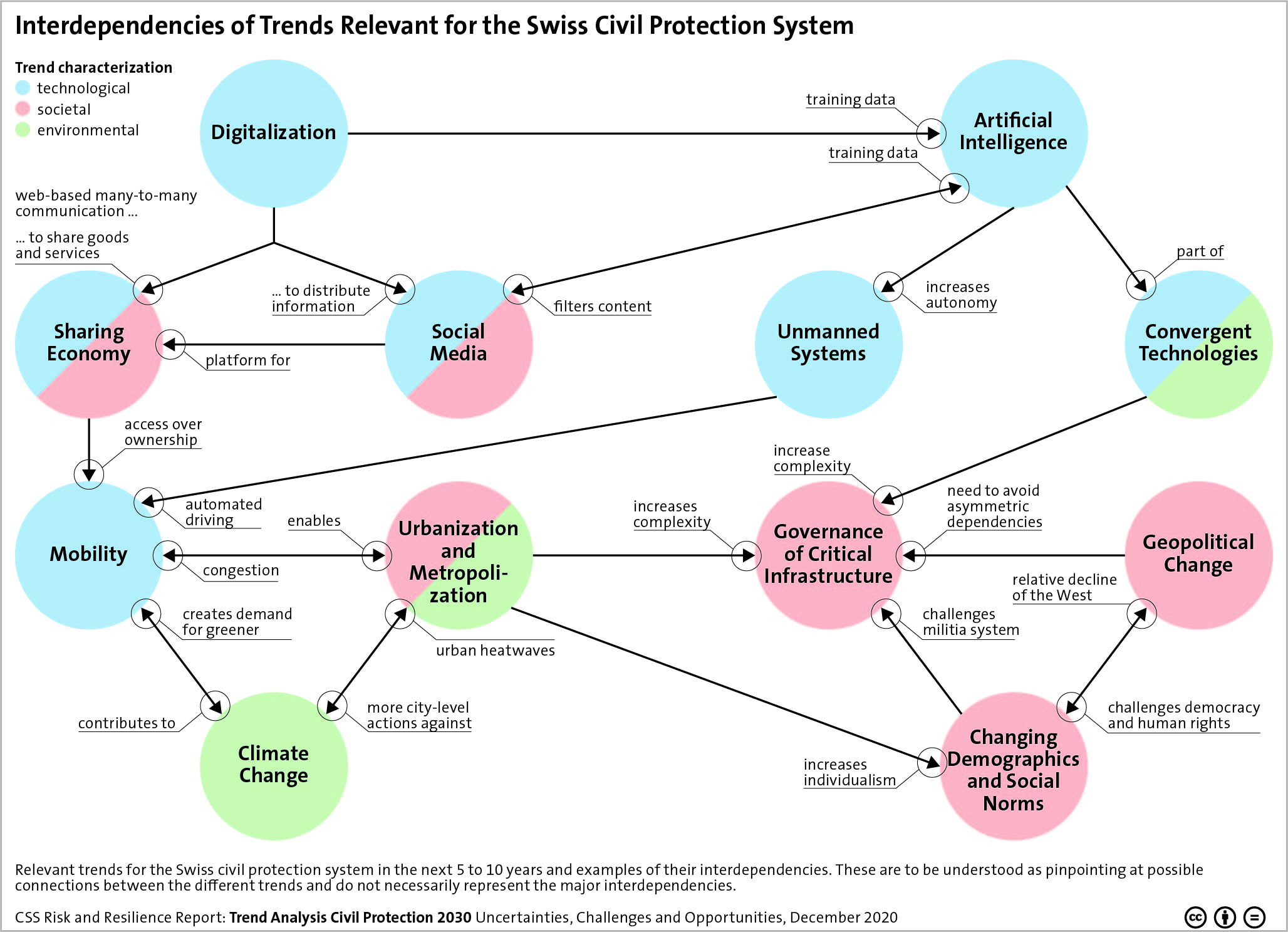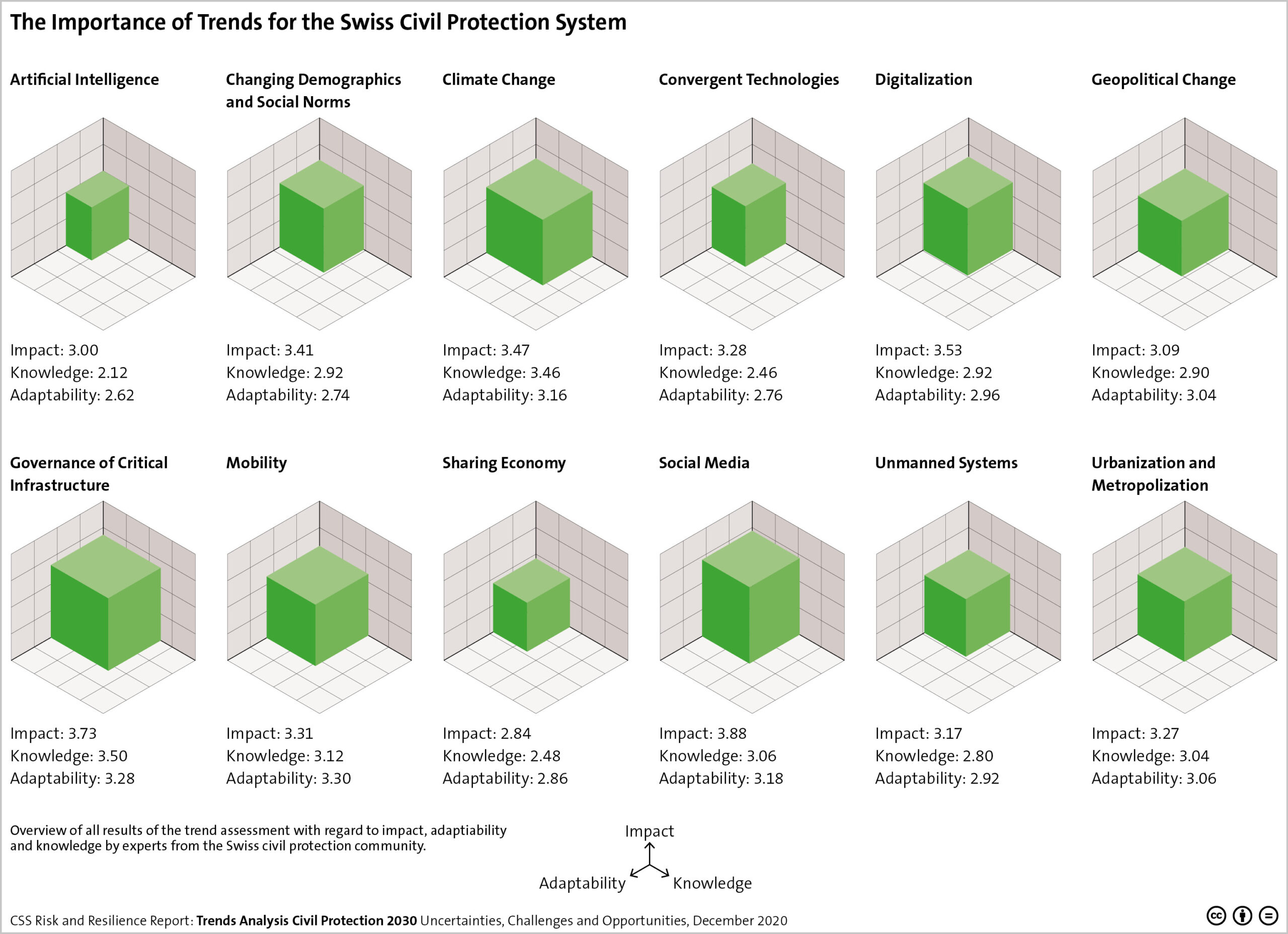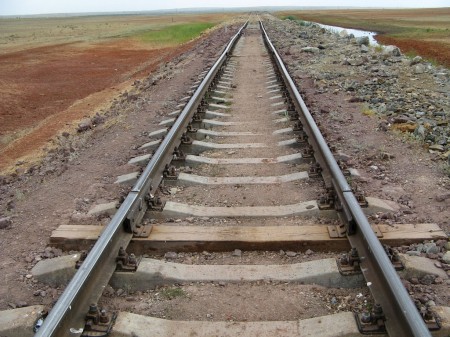
A day after Russia’s President Putin ordered the full-scale invasion of Ukraine, Conti, a hacker group suspected to be largely based in Russia and known for financially extorting Western companies, published a message in support of Moscow. The hackers threatened to use “all possible resources to strike back at the critical infrastructures” in retaliation for any “cyberattack or any war activities against Russia”. Soon after, the group sought to dial back this message, claiming not to side with any government.



 Artificial Intelligence, Digitalization, Climate Change – many overarching trends and developments have the potential to alter the lives of billions of people in the coming years. This graphic maps the relevant trends for the Swiss civil protection system in the next 5 to 10 years and outlines examples of their interdependencies.
Artificial Intelligence, Digitalization, Climate Change – many overarching trends and developments have the potential to alter the lives of billions of people in the coming years. This graphic maps the relevant trends for the Swiss civil protection system in the next 5 to 10 years and outlines examples of their interdependencies.